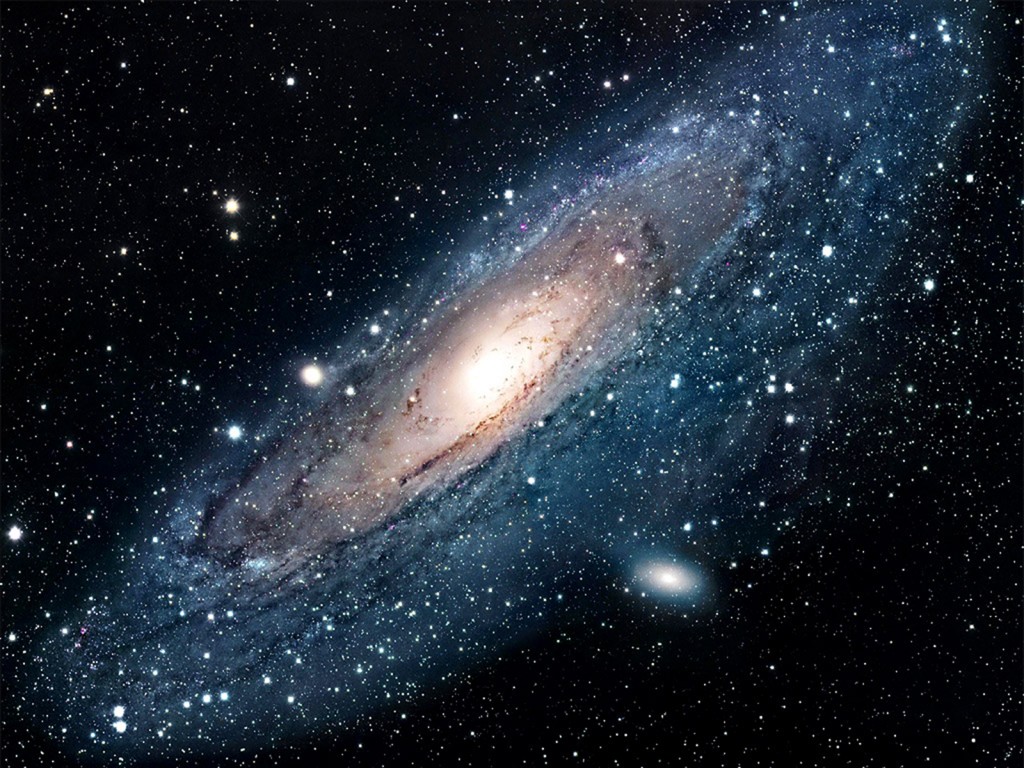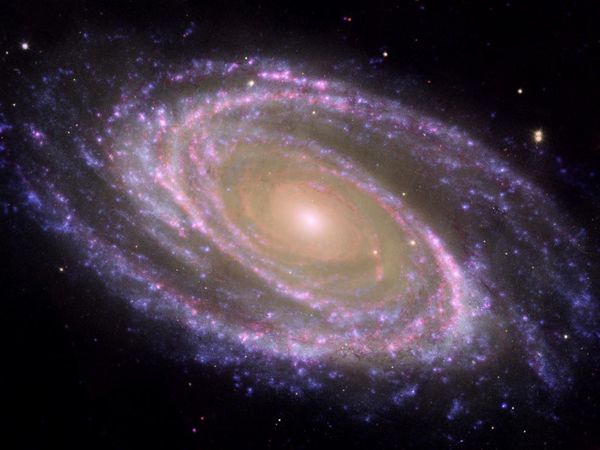This might just be the long-awaited answer to the question that has plagued countless number of scientists – how was Earth born? Earth’s birth secrets have amused astronomers for ages. Astronomers from Indiana University, USA, have reportedly found a ‘low-metal’ galaxy nicknamed Leoncino or the ‘little lion’ that can be observed to find out the answer. And these observations of the dwarf galaxy Leoncino may have finally cracked the case. The low metal quantity in the galaxy points towards the conditions during the Big Bang that has apparently given birth to our Solar System.

Leoncino is a galaxy that has the lowest level of heavy chemical elements or ‘metals’ that has ever been observed in a system of stars. There are just a few ways to determine the conditions through which the universe was born and among them all, exploring low-metal galaxies seems the most promising method. Our galaxy is much younger in comparison to other distant galaxies. And all of them contain large amount of heavy chemical elements, which makes them a poor source to find answers to our pertinent questions.

In order to find these answers, astronomers need to look far from our Solar System and observe dying galaxies. They then need to calculate the ratio of helium and hydrogen. The ratio of the two gases is known to indicate towards the conditions that prevailed during the Big Bang. Leoncino is a relatively smaller galaxy with its diameter around 1,000 light years and it contains only a few million stars. This is the reason it is called a dwarf galaxy. It is within the bounds of ‘local universe’, which is a region of space within 1 billion light years from the Earth. The local universe contains several million galaxies within it.


